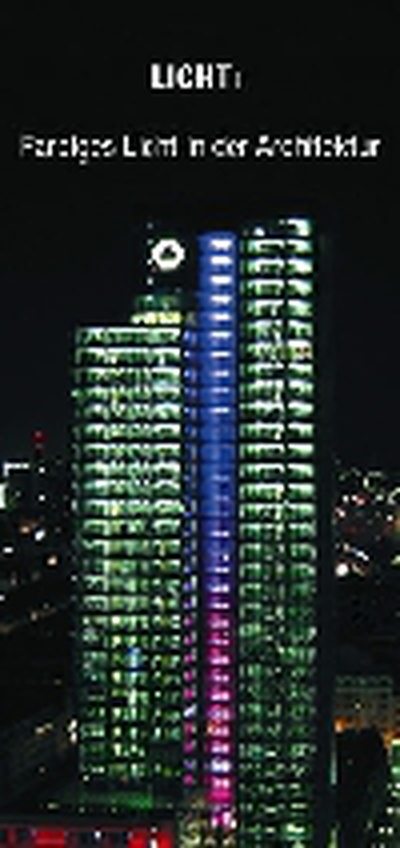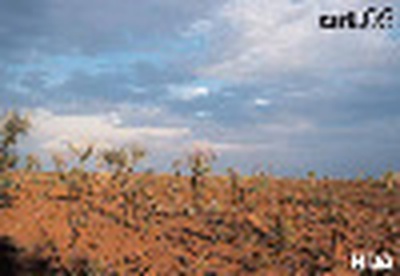Begrüßung: Ernst Giselbrecht Einführung: Gerfried Sperl. „Monster und andere Wahrheiten“ heißt das soeben im jovis-Verlage erschienene Buch von Karla Kowalksi. Phantastische Fabelwesen, gezeichnet, modelliert, in Ton gebrannt, geben Einblick in die überraschende Vielfalt des Werks der Architektin und zeigen ein umfassendes Panorama ihres künstlerischen Schaffens jenseits des Bauens. Im Haus der Architektur Graz spricht Karla Kowalski über ihr künstlerisches Werk, das sich parallel zur Architektur von Szyszkowitz und Kowalski entfaltet. Sie zeigt Landschaftszeichnungen, Skizzen zur Architekturabhandlung „Das Sichtbare vom Unsichtbaren“ sowie Skizzen aus Fakultätssitzungen und Monsterskulpturen.
Buchpräsentation: Manuela Hötzl und Antje Mayer (redaktionsbuero) Gernot Guth (Guth GmbH) Wolfgang Reul (FSB ) anschließend: Diskussion: „Was kann Architekturkritik leisten?“ mit Architekturkritikerin Karin Tschavgova Architekt Martin Krammer [INNOCAD] Architektin Gabu Heindl Architekturphilosoph Jan Tabor Moderation: Manuela Hötzl
Slowenien und Österreich: Jeder für sich oder gemeinsam stärker? Nicht nur historisch hat sich Slowenien stets als transitorische Kultur begriffen; auch heute ist das Land bei boomender Wirtschaftslage international orientiert. Dem überregionalen Anspruch vieler ehrgeiziger Bauvorhaben steht die eigentümlich nationale Geschlossenheit der slowenischen Architektenszene gegenüber, die wenig Interesse an der Tätigkeit ausländischer Architekten in Slowenien zeigt. Aber auch bisher erfolgte Kooperationsprojekte zwischen Österreich und Slowenien verliefen zumeist im Sand. Aufgrund ähnlicher Interessenslagen beider Länder steht die Frage einer regionalen Partnerschaft aber dennoch im Raum. Gibt es ein gegenseitiges Interesse an regionaler Zusammenarbeit, und wie könnte diese aussehen? - Andreas Ruby, Architekturkritiker, Köln - Sadar Vuga Arhitekti, Ljubljana - Roger Riewe, Architekt, Graz Moderation: Martin Krammer, Präsident der ZV Steiermark
Am 15. März 06 startet die aktuelle Programmreihe des HDA. ifau und Jesko Fezer aus Berlin stellen ihr Siegerprojekt des Wettbewerbs „Revitalisierung des Palais Thienfeld“ vor. Das Palais Thienfeld wird ab Herbst 2007 die neue Adresse des HDA sein. Darüber hinaus präsentiert der neue Vorstand, bestehend aus Markus Bogensberger, Danijela Gojic, Edgar Hammerl, Gabu Heindl und Gernot Ritter den inhaltlichen Schwerpunkt der Jahre 2006 und 2007, zusammengefasst unter dem Titel „position alltag“. Ab 22 Uhr beginnt die Party mit Disk-Jockey Drehli Robnik, Musikbestrahlung & Videotapete der schönsten Architekturmodelle aus 75 Jahren Kino.
Innovationsvortrag FARBIGES LICHT IN DER ARCHITEKTUR von Prof. Dr.-Ing. P.W. Schmits (Semperlux AG., Berlin). Im Anschluss: Buffet Aufgrund der begrenzten Teilnehmerzahl bitten wir um Anmeldung bis 14.11.2005 unter Tel. 01/615 46 90. Vielen Dank.
15 Jahre Transit präsentiert zeitgenössische ungarische Architektur in einem außergewöhnlichen Rahmen. Die Ausstellung ist eine Art multimedial aufbereitete Studie über das aktuelle Architekturschaffen in Ungarn – eine audiovisuelle Soziologie bestehend aus Interviews und Projektpräsentationen projiziert auf Videoscreens. Die Besucher können die Projektionen wie einen Film betrachten, oder aber in dem von mächtigen, fluoreszierenden Leinwänden gebildeten Raum umherwandern, als Teil der Ausstellung selbst. Die Ausstellung wird von Günther Zsolt und Hans Gangoly eröffnet.
Zum sechsten und letzten Mal findet im Haus der Architektur ein Vortrag der zweijährigen Programmreihe ORT statt. Thematischer Abschluss bildet Australien. Es sprechen die Theoretikerin Viviane Stappmanns und der Architekt Simon Knott. Gleichzeitig wird das Buch „ORT“- Dokumente zur Architektur 19/20 präsentiert, welches die Programmreihe dokumentiert und erweitert.
Herausgeber: Michael Szyszkowitz und Renate Ilsinger Komitee zur Objektauswahl und Autoren der Objektbeschreibung: Peter Blundell Jones, Martin Tschanz, Frank R. Werner Beschreibung der Objekte vor 1993: Eugen Gross Vertrieb: Verlag HDA 2005 Text deutsch. Mit englischem Textbuch 352 + 48 Seiten, 246 Farbabbildungen Regionenkarten und 126 Pläne Format: 12 x 16 cm Fadengeheftete Broschur mit PVC-Einband € 25,00 ISBN 3-901174-56-7





